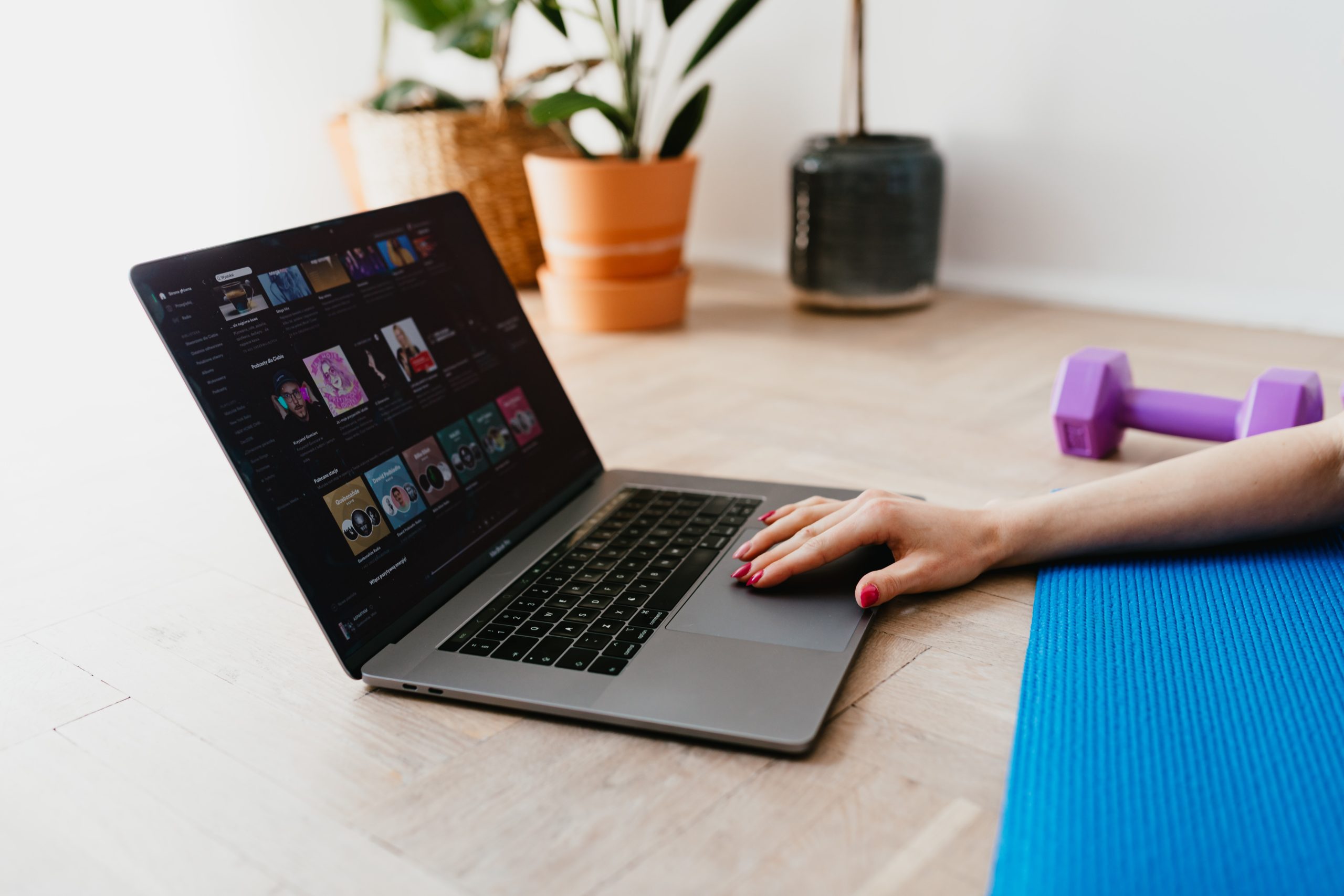Vancouver +1(604) 628-5783
Study Tips for Kinesthetic Learners
July 26, 2021

There is no singular solution to make studying a breeze for every kind of learner. Advances in psychology and education continually demonstrate why we should recognize and support diverse learning styles. But traditional learning environments and classroom styles always seem to prioritize visual and auditory learners. So where does that leave kinesthetic or tactile students? If you happen to be a kinesthetic learner then you will have unique strengths and preferences for your studying. Developing a more thorough understanding of your learning style can certainly help you maximize your academic success and leave you feeling better prepared for your next exam.
Get Creative with Movement
Instead of struggling to conform or change your learning style, play to your strengths. Based on the research by Syofyan and Siwi, kinesthetic learners typically flourish when their learning incorporates "movement, coordination, rhythm, emotional response and physical comfort." If you identify as a kinesthetic learner or you have tactile learning preferences, you will certainly benefit from adding some movement and action into your studying. You could try recording lectures and listening to them as a podcast while you engage in some light physical activity such as going for a walk or even doing the dishes at home. Engaging your hands and body will empower your brain to absorb more of the learning material and ultimately do better on your next proctored exam. You could also consider the following:
- Create models based on theoretical concepts
- Teach the material to another person
- Go for a walk and mentally quiz yourself
- Act out case studies to make them more tangible
By tailoring your study process to your unique learning style, you will start to see improved results. You could also consider creating a mind map that requires some physical activity. Mind maps are a fun and engaging way to categorize, analyze and recall complex information. You could also explore the use of a simulation, case study or sample scenario that you can conceptualize and understand core ideas.
Embrace Technology
In the abstract to their article about exploring the use of augmented reality in a kinesthetic learning application, authors Muhammad Zahid Iqbal, Eleni Mangina and Abraham Campbell explore the benefits of burgeoning technologies for kinesthetic learners. They assert that rapid change in technological advancement "allows for the creation of learning tools that provide better interaction, creative engagement and adaptability to a learner." While not everyone can afford a virtual reality headset, it is worth considering how technology can benefit you as a kinesthetic learner. Try engaging with an array of productivity apps to help you succeed and discover what works best for you. Once you have tried some of these recommendations and figured out a study plan which highlights your unique strengths as a kinesthetic learner, the next step is to consider your exam environment. Look for exam proctoring services that offer you a safe and secure testing environment, such as Ashton Testing Services (ATS). Having a professional exam environment will allow you to sit back and focus on the task at hand, so you can walk away feeling good about the experience.
Diverse Learning Styles
No matter your preference or style, there are plenty of options and helpful resources out there so you can optimize your study habits. Looking for something different? Check out our previous blogs featuring useful study tips for visual learners and additional study tips for auditory learners.
Written by: CJ McGillivray
